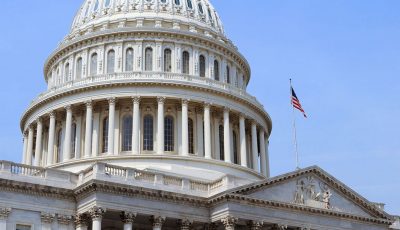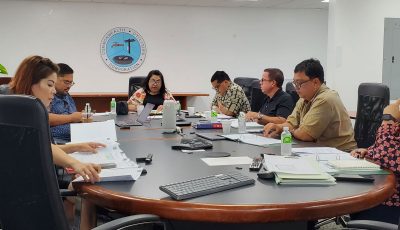OPA: CUC organizational structure remains unresolved
The Office of the Public Auditor noted in a report to Legislative officers and other departmental heads that the Commonwealth Utilities Corp. has yet to resolve its case on organizational structure.
After being found to not have achieved its purpose to operate as an independent public agency with legal and political independence to perform as an autonomous corporation in a previous OPA audit, the OPA recommends that CUC modify their organizational structure to prevent interferences. OPA noted that shown throughout the history of CUC, previous legislatures, various governors, and previous board have interfered with CUC’s management.
OPA recommends that CUC collaborate with the administration and the legislature to consider a “revised corporate form” for CUC, which includes a cooperatives structure, a municipal corporation structure, and a privatized structure of management.
CUC in a May 9, 2018 communication previously informed OPA that they were “diligently reviewing and discussing” alternatives to CUC’s organizational structure and its feasibility for operating within the CNMI.
“…This is a complicated subject and we at CUC understand that we must meticulously review and assess the process and we are trying to understand the alternatives and best concept for the Commonwealth and its consumers,” CUC executive director Gary Camacho noted in his letter to OPA.
CUC under a cooperative corporate structure calls for the election of a board of directors by the users of the utility. Any profit obtained by the users would be paid back in the form of dividends. The cooperative corporate structure has seen its success in Hawaii as the Kauai electrical cooperative.
OPA in their previous audit on CUC wrote that the municipal corporation is similar to CUC’s current legal structure and allows for the direct election of the corporation’s board of directors, which in turn hires the executive director to run the organization. According to the OPA, this structure has seen some success in Guam.
Privatization, the last and definitely the least recommended by the OPA, was seen as an alternative since it was allowed under current law. OPA previously noted that the legislative mandated value of the assets are unrealistic at $259 million, while CUC brings up the issue of transferring of assets to third-party.
CUC further pointed out that the government would not have control on rates and that going the privatization route would be challenging transparency-wise.
“Although CUC has expressed its commitment to considering the alternative to its organizational structure, the recommendation will remain open as it involves the collaboration with the Administration and the Legislature,” OPA said in their July 2, 2018 report to the Interagency Audit Coordinating Advisory Group, which consists of the presiding officers and minority leaders of both houses of the legislature, the secretary of finance, and the special assistant for the Office of the Management and Budget.
“The unresolved recommendation will be addressed to both the administration and the Legislature for future follow up,” OPA continued.



























